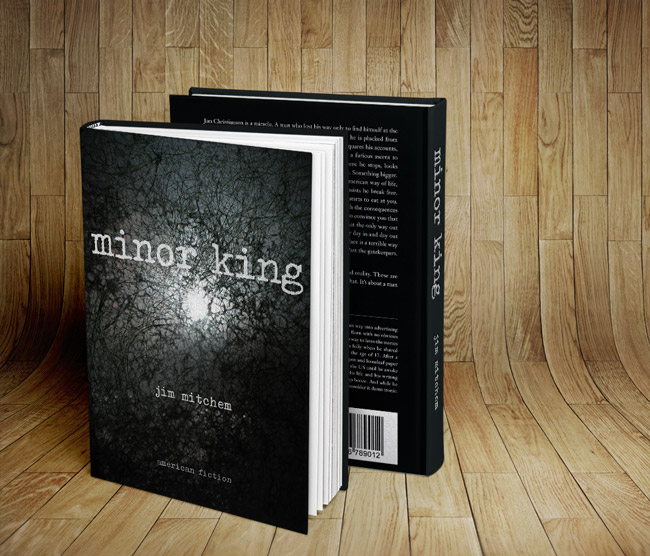
You want me to pay attention to something? Get me to try something new? Make me think about an idea a certain way? Use emotion.
The one thing that every target market anywhere in the world has in common is that they’re human. You might sell dog food, but you’re not selling it to the dogs. No, human beings are always the target. Even in B2B. And all human beings have one thing in common—emotions.
Too obvious? Stay with me.
Every person on the planet is subject to the same emotions that you experience every day. Fear. Joy. Wonder. Anger. Love. There are others, too. Lots of them. And we negotiate them all as we move through our lives.
Here’s something obvious—emotional experiences linger. That’s why Disney has such a high return rate (70%) for first-time visitors to their parks. Disney endeavors to provide a consistent, immersive cocoon of happiness at their parks. Yes, emotion matters. And most of the time, we just accept our emotions as part of the human condition—never even thinking about them even when we’re immersed in them.
I know what you’re saying, “But how does emotion play a part in marketing? I’m here for some business stuff, Jim.” Yes, with a topic like emotion, this could easily become a hippie post. But I’m going to focus on business. God knows, I write enough hippie posts as it is.
Anyway, once we accept that A) our audience is human, B) all humans are emotional beings, and C) emotions matter, we should aspire to tap into emotion in every message we create.
It’s not brain surgery. But too often we resort to bullet points of benefits and a talking head CEO pitching the brand. And that’s just, well, stupid. Short of the Super Bowl, all advertising is intrusive. People don’t really care about your advertising. Sure, there’s a place for mundane, technical correspondence, but not at the beginning. At the beginning of a relationship you need to set the hook.
You’re in business to solve pain. Your audience needs something, and you make the thing they need. It’s a match made in America. Except, they don’t know you yet. Or if they know “of” you, they need a reason to try you.
[NOTE: The best that traditional advertising can do is get your audience to pay attention to you and act favorably. Once. After that, it’s up to you to make your thing good enough for them to keep coming back.][NOTE2: Word of mouth is always the best advertising.]
The trick to using emotion in your messages is spending time in your audience’s shoes. Find out what matters to them beyond the creative brief. Once you know what matters, then you begin to have a conversation with them. Tell little jokes to make them laugh. Throw something their way that gives them caution. Gain their trust. Only then can you begin effectively positioning your appeal so that the message resonates. No, I mean really [expletive removed] resonates—to the point where they’re going to stop what they’re doing to pay attention to you. Interact with you. Remember you. And the only way to do that is through emotion.
[NOTE3: If it’s not screamingly clear, authenticity is a critical component to crafting emotional messages. You can’t fake sincere.]
When you have actual goals for your advertising and marketing, your messages had better resonate. The fact that you’re spending millions on an ad campaign doesn’t matter to your your audience. Saturation is useless when a message lacks meaning.
Emotion is power. Use it.
[NOTE4: While negative emotions are definitely a tactic in advertising, explore the positive ones first. People like doing what feels good. Not what scares them.]
***
